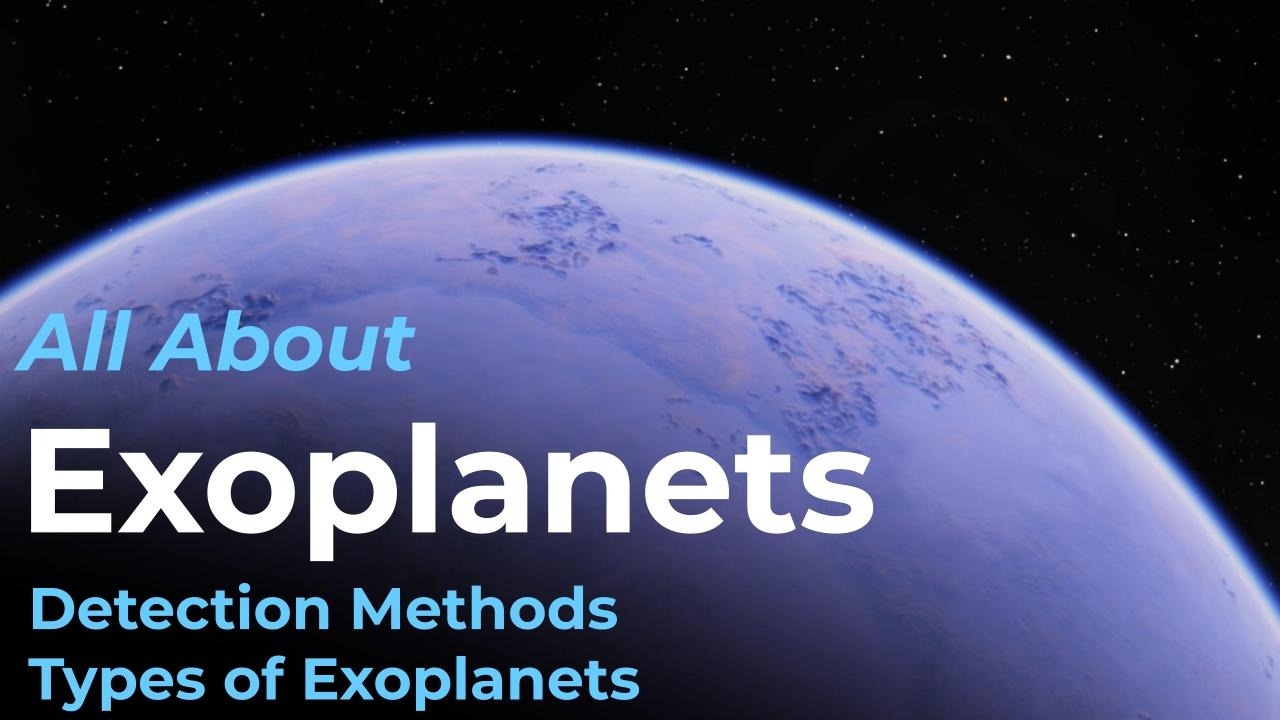All About Exoplanets
Jan 22, 2022
Exoplanets are planets that exist outside of our own solar system. At the time that this was published, over 4,900 exoplanets have been discovered and thousands more are waiting to be confirmed.
There are a variety of ways exoplanets can be detected. The most common method is the TRANSIT METHOD. Scientists can detect subtle changes in a star's brightness when a planet passes in front of it. Another way to detect exoplanets is through RADIAL VELOCITY. In this method, scientists measure the shift of a star's spectrum that is caused by the gravitational influence of an orbiting planet. The final two methods of exoplanet detection are GRAVITY MICROLENSING and IMAGING TECHNIQUES. These two methods are not commonly used, and make up for less than 5% of exoplanet discoveries.
The science behind exoplanet detection has become more sophisticated over time as observations methods improve. It will certainly be exciting when the James Webb Space Telescope makes its first observations and discoveries. This infrared telescope will focus on detecting planet formation around specific stars and we will no doubt add to our existing knowledge of exoplanets.
Explore the links below to learn more about exoplanets:
- Eyes on Exoplanets: https://exoplanets.nasa.gov/eyes-on-exoplanets/#/
- Spitzer Space Telescope: https://www.jpl.nasa.gov/missions/spitzer-space-telescope
- TESS Mission: https://www.nasa.gov/tess-transiting-exoplanet-survey-satellite
- Kepler Space Telescope: https://exoplanets.nasa.gov/eyes-on-exoplanets/#/spacecraft/sc_kepler_space_telescope/
- Hubble Space Telescope: https://exoplanets.nasa.gov/eyes-on-exoplanets/#/spacecraft/sc_hubble_space_telescope/
- Zooniverse.org - Planet Hunters:https://www.zooniverse.org/projects/mschwamb/planet-hunters-ngts

